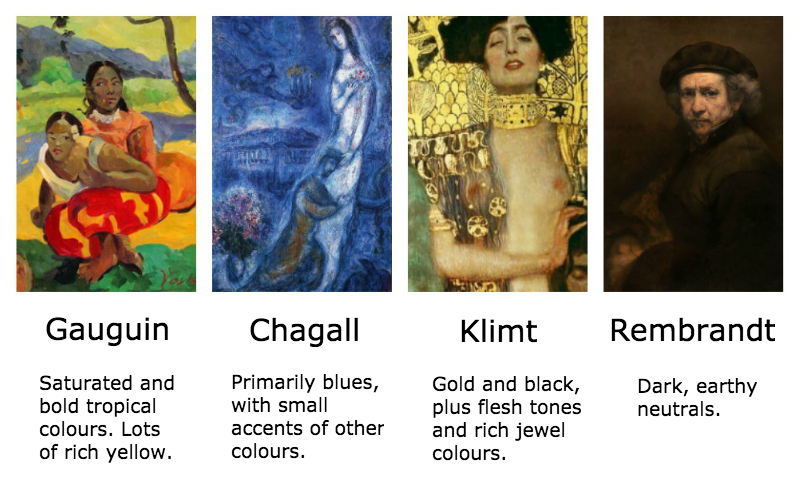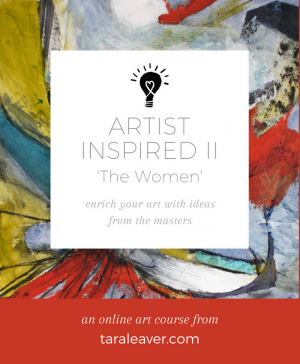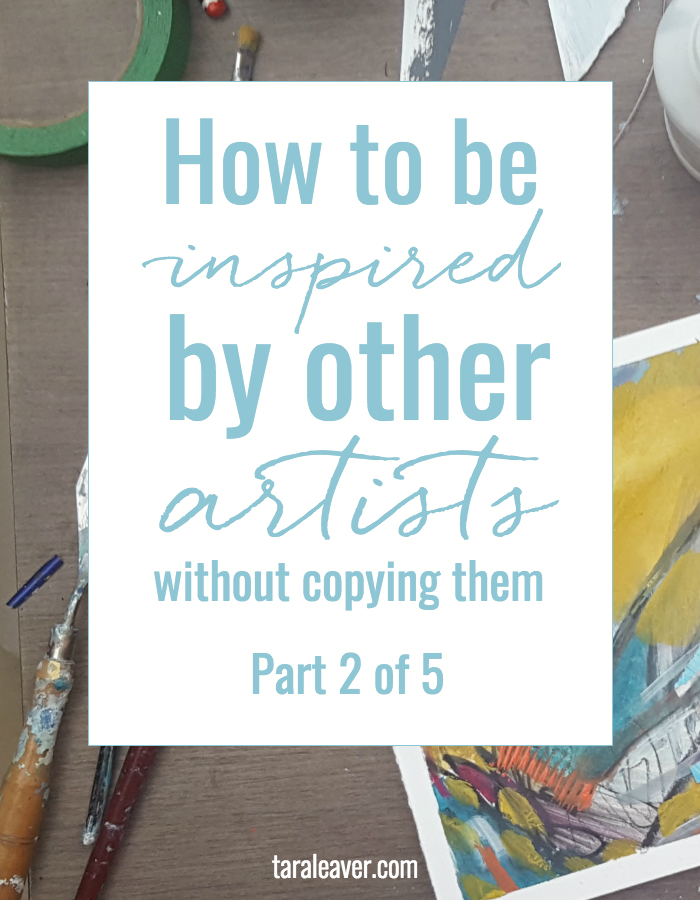This post is the second in a series of five, in which we’re exploring ways to be inspired by the artists whose work you love, while keeping you focused on developing your own art.
Continuing our series, today we’re looking at colour palettes.
Each week we’ll look at a single aspect of painting and how we can tease out the nugget of what’s inspiring us so we can be sure we’re making our own work and not a heavily influenced hybrid or attempted copy of someone else’s.
I’m keeping them quite short and sweet, and action oriented, so you can take the ideas and literally try them out for yourself.
I have no doubt there are infinite ways to do this, and in part it will just happen the more you paint, but the ways I find most helpful include a bit of left brain analysis and a breaking down into parts.
The right brain can then rebuild into new things with the new ideas.
So this week’s suggestion is:
Try out their signature colour palettes
Most artists don’t stick to one colour palette their whole lives, but often an artist will dive deeply into one general area of colours for quite a while.
Sometimes that area will be guided by the artist’s state of mind or environment; for example, Gauguin’s hot colours come directly from his surroundings in French Polynesia.
Here are some examples of artists who fully explore{d} certain colour palettes:

A suggestion to make it yours:
Think about the palette of a favourite artist – one easy way to see many paintings by that artist at once is to do a Pinterest or Google Image search.
When you look at them all together you’ll see certain colours cropping up over and over.
Now mix a few colours that match the main ones from your image search.
Keep it to three or four at first if you need a low barrier to entry!
Using a reference image if you wish, make a test painting using that palette, but in a different subject to your chosen artist. {Make sure it’s one that excites you!}
You’ll soon discover if it works the way you want it to, whether you need a greater range of values or to bring in an accent that was missing.
The beauty of a test painting is that it’s a test painting. This is experimenting 101 – research and discover!
In Part Three of the series, we’ll look at subject matter. Stay tuned!
 I hope this little series has given you some ideas and things to try as you explore what paint can do. If you’d like to play further with other artists’ work in a way that can teach you about your own, then you might like Artist Inspired II.
I hope this little series has given you some ideas and things to try as you explore what paint can do. If you’d like to play further with other artists’ work in a way that can teach you about your own, then you might like Artist Inspired II.
Packed with visuals, videos, ideas to explore, and a look at the life and work of each artist, the course invites you to enjoy being inspired by various female artists as a means to finding your own unique voice as an artist.
Click here to find out more!








Helpful to me i am 74 and paint to help others, not to make money.